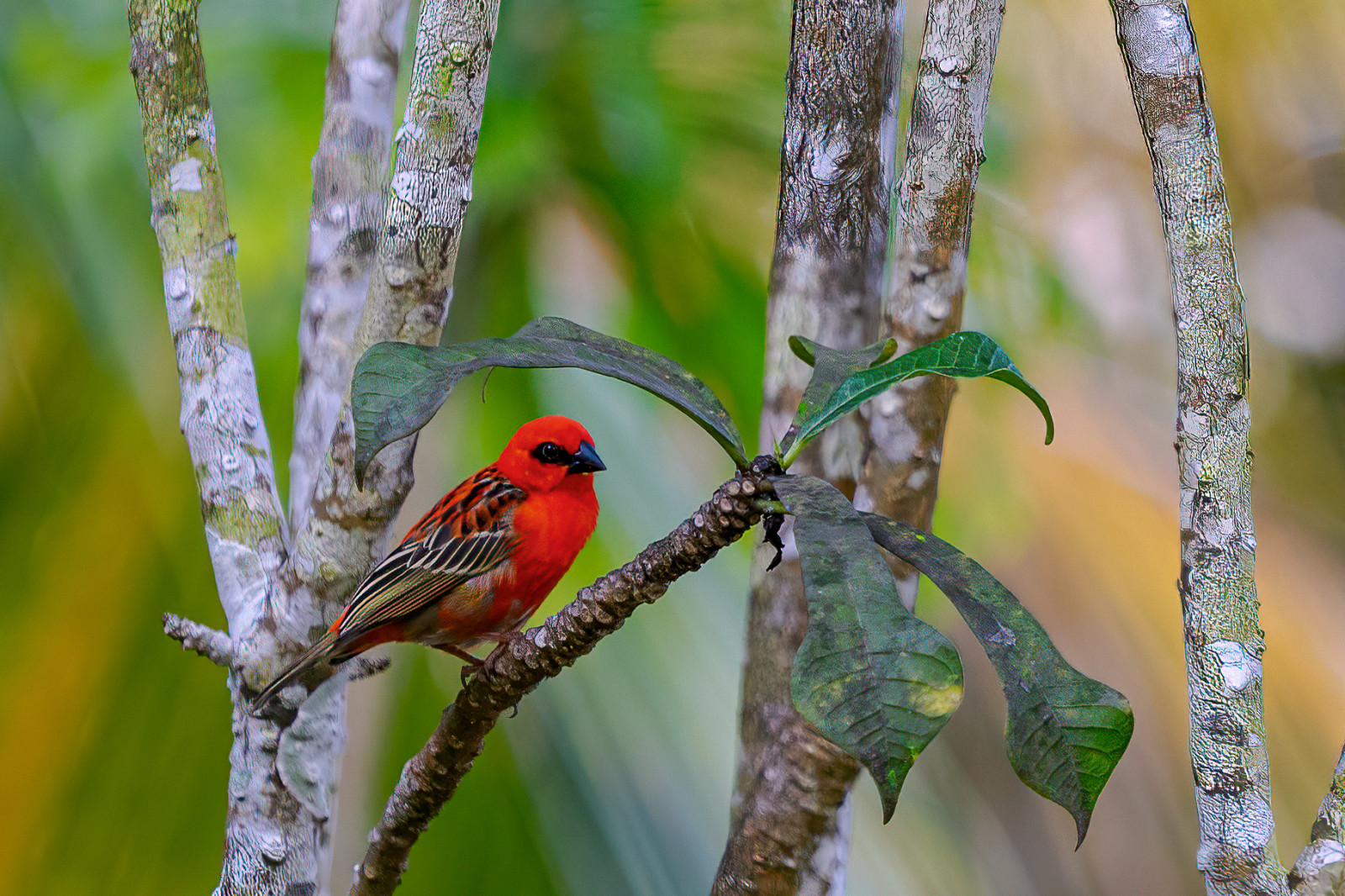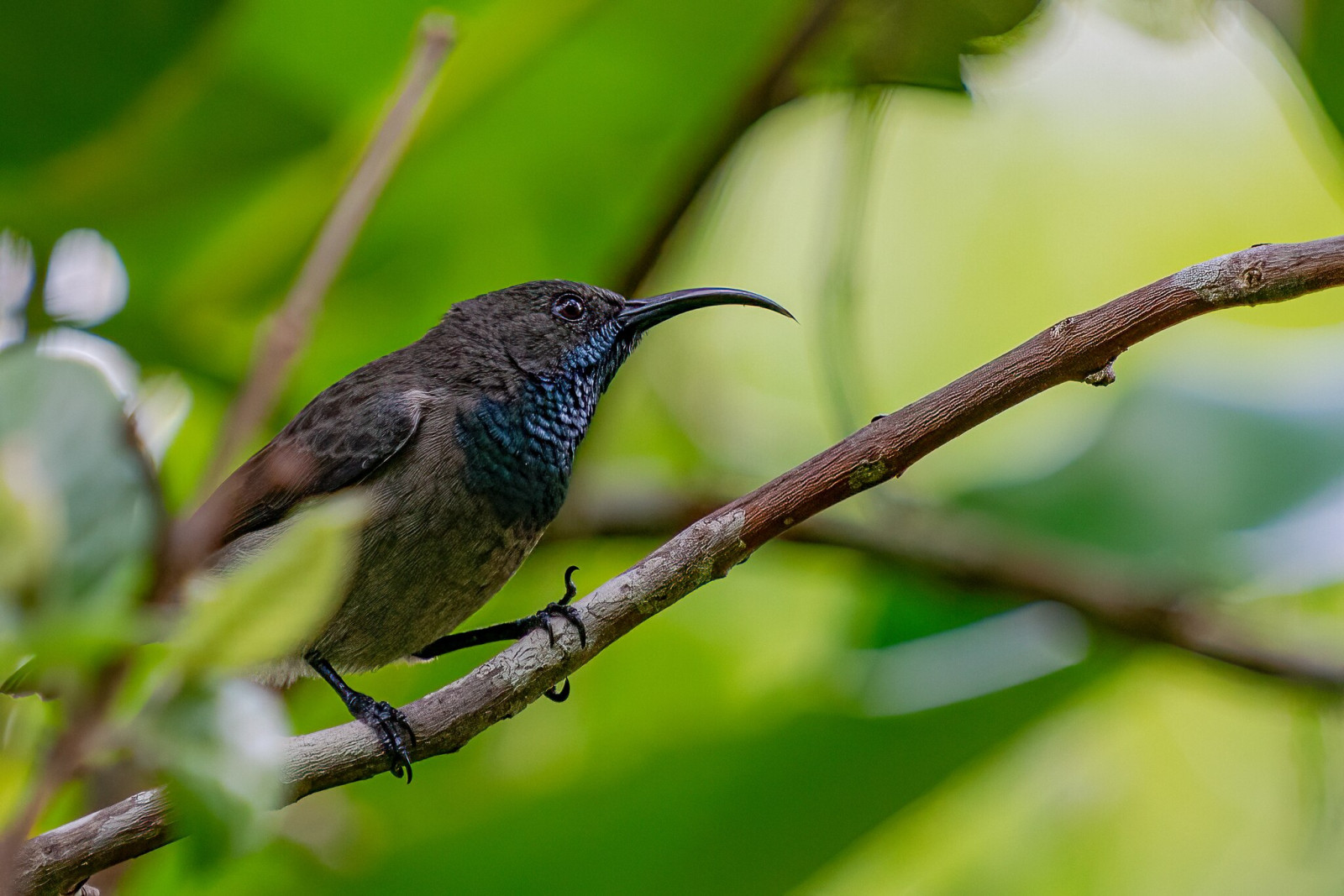Opis
North Island is a small island (2.01 km2) in the Seychelles and best known for its Noah’s Ark project reintroducing locally extinct species. In wildlife terms the Giant Aldabra Tortoise, Green and Hawksbill Turtles are popular, however, the birdlife is also a focus.
Wedge-tailed Shearwaters and White-tailed Tropicbirds nest on the island on Spa Hill (Congolemnt Hill). Invasive species such as Common Myna and Barn Owl have been eradicated from the island, these would otherwise eliminate endemic species such as the Seychelles White-eye. Non native species including Zebra Dove, Madagascar Turtle-Dove and Red Fody are still resident though. Plans are in place to introduce Seychelles Magpie-Robins , following with the Noah’s Ark project to reintroduce locally extinct species, once funding has been achieved. But this may still be a few years off. Seychelles Kestrels can frequently be seen and potentially 30 individuals inhabit the island. Look out for these on dead trees and listen for their calls.
Looking out toward the Ocean with a scope and one will normally always see seabirds such as Common Noddy, Lesser Noddy or Wedge-tailed Shearwater or Tropical Shearwater. Terns can be seen including White Tern (known locally in the Seychelles as Fairy Terns), Bridled Tern, Sooty Tern as well as the mentioned noodies. Great Frigatebirds and Lesser Frigatebirds can be seen soaring over head particuarly during stormy weather.
Along the beaches small groups of shorebirds such as Crab-Plover, Grey Plover, Ruddy Turnstone, Whimbrel and Common Greenshank can be observed locating food.
In terms of herons Grey Heron can occasionally be seen visiting but Striated Heron can be seen virtually all over the island and is very common. Black-crowned Night Heron can also be seen and heard at night. Yellow Bitterns are also present particuarly in the marshes.
The Seychelles White-eye s can be harder to locate but can often be heard by their distinctive call. Ask staff if necessary to locate.
Szczegóły
Dostęp
Fortunately or unfortuntely the island is run by an exclusive hotel so access is limited to guests which tend to arrive by helicopter if not by boat.





